Creating Winning Email Marketing Welcome Sequences
Do you have a series of emails you send to new subscribers? Are they converting? In this article, you'll discover a seven-step email welcome sequence that results in more engagement and sales. Why Email Marketing Welcome Sequences Matter Email...
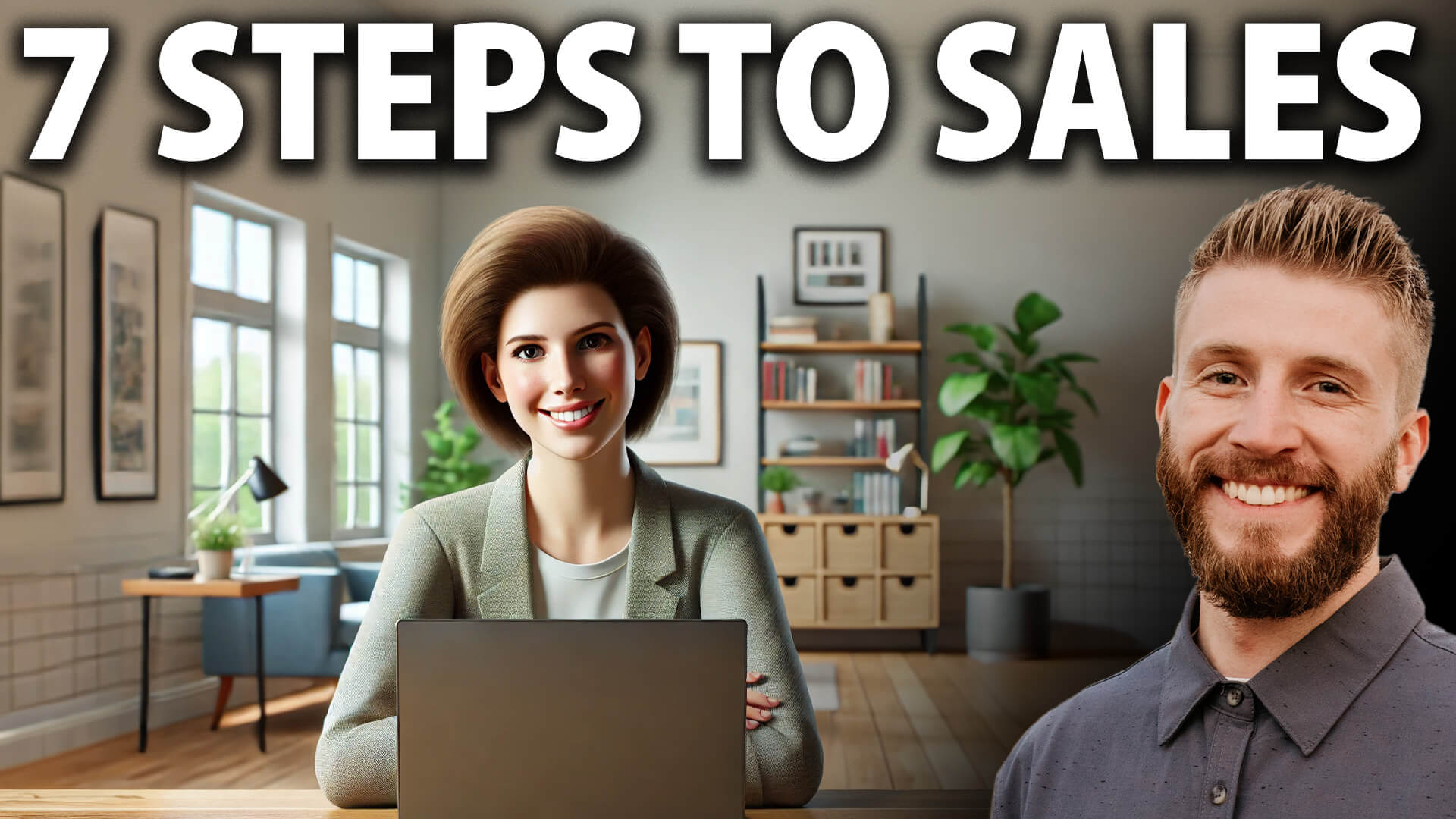
Do you have a series of emails you send to new subscribers? Are they converting?
In this article, you'll discover a seven-step email welcome sequence that results in more engagement and sales.
 This article was co-created by Tyler Cook and Michael Stelzner. For more about Tyler, scroll to the end of this article.
This article was co-created by Tyler Cook and Michael Stelzner. For more about Tyler, scroll to the end of this article.Why Email Marketing Welcome Sequences Matter
Email marketing campaigns remain one of the most effective ways to nurture leads and drive sales. But to get results, you need to start off on the right foot with new subscribers. A well-crafted, successful welcome email series can help you build relationships, set expectations, and move people toward becoming customers.
Before diving into the specifics, let's examine why welcome email sequences are important. Welcome emails typically have the highest open and click rates of any emails you send. This is because subscribers are most engaged when they first join your list. They've just taken action to connect with your brand story, so their interest is at its peak.
Another crucial factor is timing. Most conversions, from paid or organic ads, happen within the first 48 hours after someone subscribes. A good welcome email sequence takes advantage of this window of opportunity, providing valuable content and gentle prompts toward conversion while the subscriber's interest is high.
Welcome email sequences also play a vital role in email deliverability. By encouraging early engagement through opens, clicks, and replies, these initial emails help ensure your future messages land in the primary inbox rather than spam folders. This is because email providers see your subscribers actively interacting with your content.
Setting expectations is another key function of welcome sequences. You can use these early emails to inform subscribers about what kind of content they'll receive and how often. This transparency helps reduce unsubscribes and complaints later, as subscribers know what to expect from your communications.
Finally, welcome flows allow you to build relationships with subscribers immediately. By providing value, showing personality, and inviting interaction, you can start forming a connection beyond a simple email subscription. Email welcome sequences encourage brand buy-in and, ultimately, drive sales and make you money if done effectively.
Now, let's look at creating an effective seven-email marketing welcome sequence that accomplishes all these goals.
How to Create an Effective Email Marketing Welcome Sequence
This welcome series works best for inbound leads rather than cold outbound contacts. Several effective methods for gathering these inbound leads include paid ads, organic social media content, website pop-ups, free offers, existing newsletters, referrals, and affiliate programs.
The key is that these methods attract people already interested in your content or offerings. They've taken an action to join your list, making them more likely to engage with your welcome email flow.
#1: Email 1: The Pattern Interrupt
The initial welcome email in your sequence should stand out from typical welcome emails. Most businesses send a standard “Welcome to our list” message. Still, Tyler Cook, an email marketing strategist and founder of Hypermedia Marketing suggests taking a different approach to capture attention and encourage engagement.
Instead of sending the welcome message from the CEO or a generic company address, have it come from an executive assistant or someone close to the CEO. This unexpected sender can pique curiosity and make the message feel more personal. You want to keep this first email under 55 words, too. This brevity makes it easy for subscribers to read and respond quickly.
The primary goal of this email should be to generate a reply. This interaction helps with deliverability for future emails and starts building a relationship with the subscriber. Here's an example of what this email might look like.
Curious About How to Use AI?
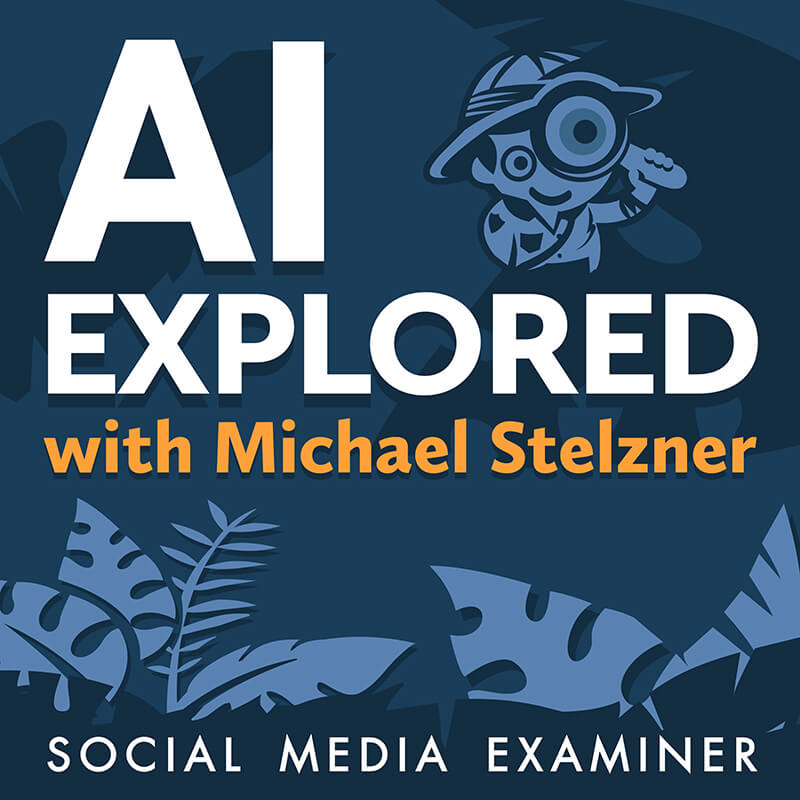
We recently launched a new show that help marketers, creators, and entrepreneurs understand the business applications of AI.
It's hosted by Michael Stelzner and explores this exciting new frontier in easy-to-understand terms.
Pull up your favorite podcast app and search for AI Explored. (Look for the cover art shown to the right.) Or click the button below for more information.

Subject line: [Recipient's first name], thank you
Body: Hi [First Name],
I'm Sarah, Mike Stelzner's executive assistant at Social Media Examiner. I just saw that you joined our email list. Did you have any questions about our upcoming Social Media Marketing World conference? It's our main priority right now.
Hit reply and let me know what questions you have about it.
Sarah Neal, Executive Assistant to Mike Stelzner
This approach works for several reasons. First, it's unexpected—a pattern interrupt. Most people don't anticipate hearing from an executive assistant when they join an email list. Second, it seems more realistic coming from an assistant than directly from a busy CEO. Third, it encourages a reply, which helps with deliverability. Finally, the short length makes it easy to read and respond to, increasing the likelihood of engagement.
For example, Tyler says sending from the CEO's email address typically results in an 85–95% inbox placement rate. However, he sees a 99% inbox placement rate when sending from the executive assistant's email.
For businesses with lower email volumes, have a real person manage replies to this initial email. This personal touch can be valuable for building relationships with new subscribers. However, if you're dealing with high volumes (e.g., adding 10K new subscribers per month), it may be more practical to create an alias email address specifically for handling these welcome emails.
To underscore the importance of getting this first email right, Tyler shares that this welcome email alone drives about $45K in new monthly revenue for one client.
Note: Instead of using a standard double opt-in, which can sometimes deter good subscribers, Tyler uses the entire seven-day welcome sequence as a form of verification.
For example, if a subscriber doesn't engage with any of the welcome emails, they're moved out of the main marketable segment. This approach ensures that only engaged subscribers remain on the active list without the potential drawbacks of a traditional double opt-in.
You can qualify subscriber engagement as any of the following actions during the welcome sequence:
A reply to any email in the flow Opening at least three of the welcome emails Clicking on at least one linkIf a subscriber doesn't meet these engagement criteria by the end of the welcome sequence, they're moved to a suppression list. This doesn't mean they're completely removed from all communications. Instead, they're emailed differently than those who have shown engagement.
#2: Email 2: Set Expectations
The second email should come from the CEO or another company leader. Tyler recommends sending this at the end of the first day, around 4:45 PM in your time zone. The goal of this email is to set expectations for future communications.
Start the email by saying you were about to leave the office but wanted to reach out. This creates a sense of importance and personal touch. Then, explain what kind of content subscribers can expect from your emails. Be specific about the topics you'll cover and the value you'll provide.
When it comes to frequency, set expectations high. For example, you might say, “We're a high-volume sender. Expect an email every day from us.” Even if you don't actually email daily, setting this expectation makes subscribers less likely to feel overwhelmed by your actual sending frequency. If you only send two or three emails weekly, subscribers will feel pleasantly surprised rather than bombarded.
This email is also a good place to remind subscribers why they joined your list and reiterate the benefits they'll receive. You might mention any lead magnets or offers that prompted their signup and preview the valuable content they can look forward to.
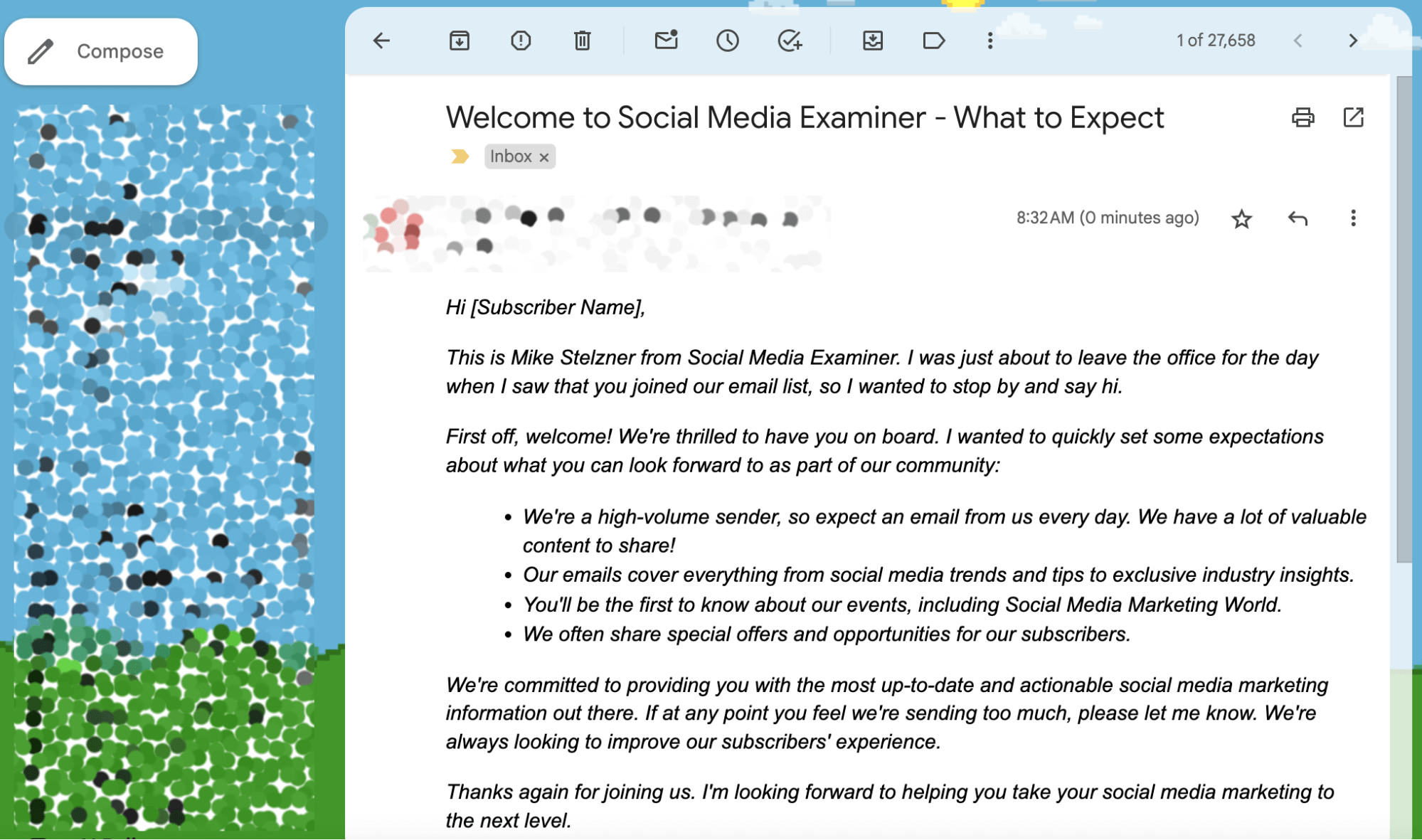
For example:
Subject: Welcome to Social Media Examiner – What to Expect
Hi [Subscriber Name],
This is Mike Stelzner from Social Media Examiner. I was just about to leave the office for the day when I saw that you joined our email list, so I wanted to stop by and say hi.
First off, welcome! We're thrilled to have you on board. I wanted to quickly set some expectations about what you can look forward to as part of our community:
We're a high-volume sender, so expect an email from us every day. We have a lot of valuable content to share! Our emails cover everything from social media trends and tips to exclusive industry insights. You'll be the first to know about our events, including Social Media Marketing World. We often share special offers and opportunities for our subscribers.We're committed to providing you with the most up-to-date and actionable social media marketing information out there. If at any point you feel we're sending too much, please let me know. We're always looking to improve our subscribers' experience.
Thanks again for joining us. I'm looking forward to helping you take your social media marketing to the next level.
Best regards,
Mike Stelzner, founder of Social Media Examiner
P.S. If you have any questions or there's a specific topic you'd like us to cover, just hit reply and let me know. I read every response personally.
#3: Email 3: Connect on Social Media
The third email in your welcome sequence should aim to connect with subscribers on a secondary channel, preferably social media. This strategy helps you maintain contact even if they unsubscribe from your emails or stop checking their inbox regularly.
Consider two main factors when choosing a social media platform for this connection. First, pick a platform where your audience is active, ideally checking it at least twice a month. Second, ensure the platform has a direct messaging (DM) feature, which will be important for recovery efforts later.
For most businesses, the best options are usually X, Instagram, or LinkedIn. Tyler notes that Facebook can work well for audiences over 35. The choice largely depends on your specific audience and industry. For example, LinkedIn might be the best option if you're in the B2B (business-to-business) space. For creative businesses, Instagram could be more appropriate.
Use personal pages and not business pages when sending subscribers to social media. Tests show that people are more likely to connect with a personal profile than a company page.

Also, you'll want subscribers to connect with the CEO's personal profile. This feels more exclusive and personal than following a generic company account.
A clever way to structure this email is to make it more engaging. Send it from the executive assistant again, but make it look like a forwarded message from the CEO to the assistant. In the “forwarded” part, have the CEO ask to connect with the subscriber on social media. Then, add a brief note from the assistant asking the subscriber to connect.
For example:
Subject: Mike wants to connect with you on LinkedIn
Hi [Subscriber Name],
Mike, our CEO, just noticed that you joined our email list. He thought you'd be a great connection on LinkedIn and asked me to reach out to you.
Would you mind sending him a quick connection request? Here's the link to his profile: [LinkedIn URL]
Thanks in advance!
Sarah Neal, Executive Assistant to Mike Stelzner
Forwarded message: From: Mike Stelzner To: Sarah Neal Subject: New subscriber – LinkedIn connection
Hey Sarah,
I just saw that [Subscriber Name] joined our list. Can you see if we can get connected on LinkedIn? I think they'd be good to have in our network.
Thanks,
Mike
This approach makes the connection request feel more personal and important. It's as if the subscriber is getting a behind-the-scenes look at the company's operations, with the CEO taking a personal interest in connecting with them.
#4: Email 4: New Subscriber Survey
The fourth email should include a survey to gather information about your new subscribers. This data will help you personalize future emails and improve your overall marketing strategy.
Aim for 5–8 questions covering three main areas:
Ready to Supercharge Your Marketing Strategy?
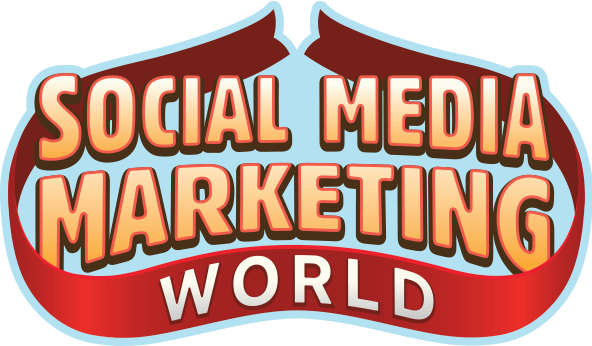
Get expert training and an unbeatable conference experience when you attend Social Media Marketing World—from your friends at Social Media Examiner.
Broaden your reach, skyrocket your engagement, and grow your sales. Become the marketing hero your company or clients need!
🔥 As a valued reader, you can save 50% on an All-Access or Virtual ticket if you act now. Sale Ends Wednesday! 🔥
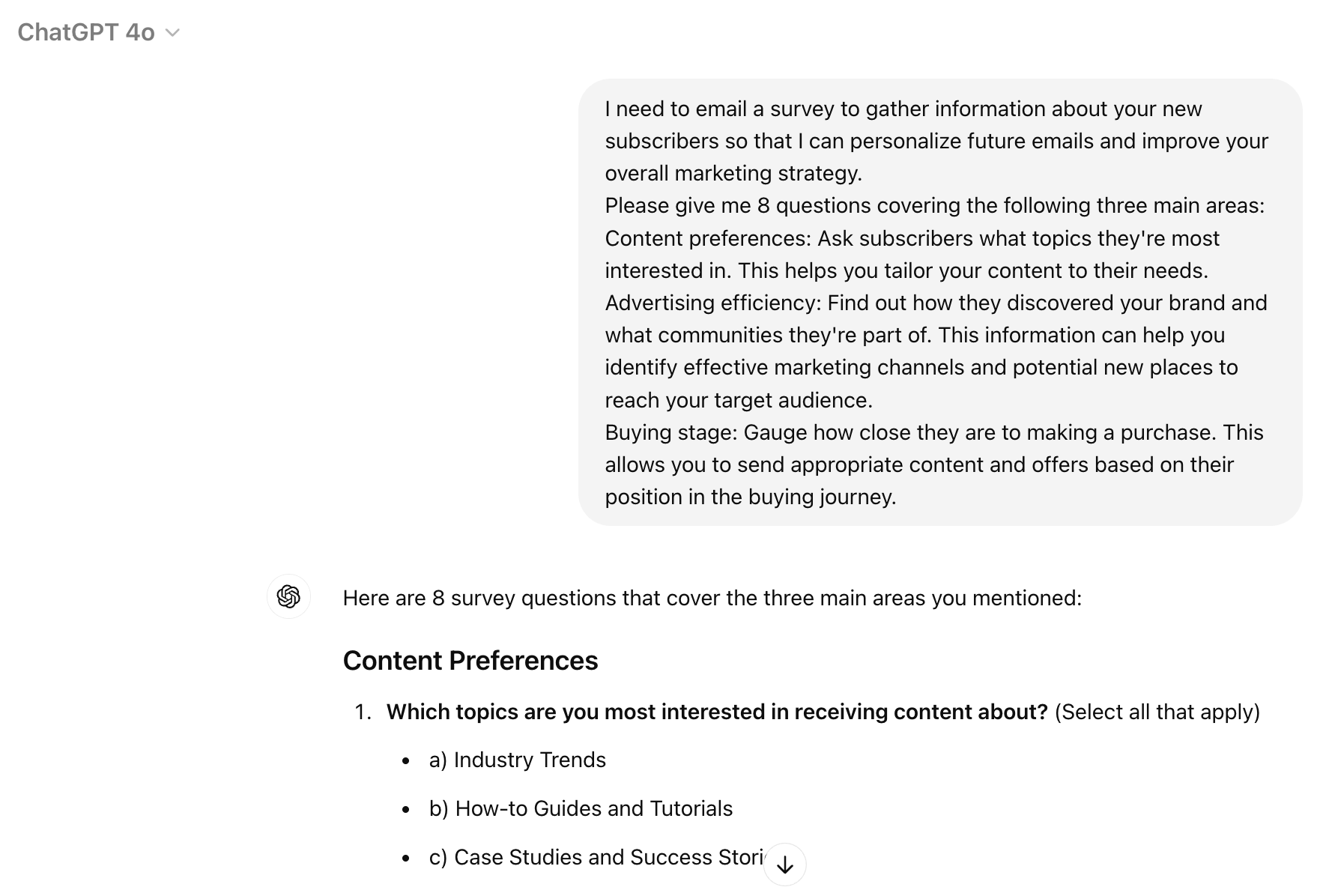
You can create this survey using your email service provider's built-in form builder. It doesn't need to be fancy—a simple form embedded on a webpage will do. The key is to make it easy for subscribers to complete.

To encourage participation, explain that you want to customize their experience and only send relevant content. Tyler suggests using a subject line like “I don't want you to hate me” to boost open rates for this email. In the body, acknowledge that people receive too many irrelevant emails and position your survey as a way for subscribers to “choose their own adventure” with your content.
For example:
Subject: I don't want you to hate me
Hi [Subscriber Name],
I know your inbox is probably overflowing. Most of us get dozens, if not hundreds, of emails every day, and let's be honest, most of them end up archived or deleted.
We don't want to be just another ignored email in your inbox. Instead, we want you to actually look forward to hearing from us.
That's why we're asking you to choose your own adventure with us.
By answering a few quick questions, you can tell us exactly what's relevant to you. This way, we can make sure we're only sending you content you'll genuinely want to read.
Can you spare a few minutes to choose your adventure? Just click the link below:
[Link to Survey]
Your answers will help us tailor our emails to your interests and needs. No more irrelevant content cluttering up your inbox!
Thanks for helping us serve you better,
[Your Name] [Your Company]
P.S. This survey should take less than 5 minutes, and it'll make a huge difference in the quality of emails you receive from us.
Once you have this information, use it to tag subscribers in your email system and personalize future content. You can also use this data to inform your broader marketing strategy, such as identifying new communities to target or topics to create content around.
Aim for at least a 10–15% click-through rate on this survey email, with an 80% completion rate for those who start it. These benchmarks indicate that your subscribers are engaged and willing to provide information to improve their experience.
Note: If a subscriber indicates they're ready to purchase, quickly move them into a sales sequence. Stop the rest of the welcome flow and focus on converting this hot lead.
For subscribers looking for free resources or are early in their journey, continue with the regular welcome flow. After that, move them into a nurture sequence.
For middle-stage subscribers, consider offering these subscribers a short email course, like a five-day series, to provide value and move them closer to a purchase decision.
#5: Emails 5 and 6: Soft Sells
The fifth and sixth emails in your sequence should introduce your products or services. These are “soft sells”—they're not aggressive pitches but rather gentle introductions to what you offer.
Email 5 should focus on social proof. Share testimonials, case studies, or reviews from satisfied customers. If you use a platform like Trustpilot, you might include some of your top reviews.
For B2B services, you could feature brief case studies showing the results you've achieved for clients. The goal is to build trust and show that your offerings have helped others.
Include a soft call to action at the end of this email. This might be an invitation to learn more about your products or services or a link to make a purchase for those who are ready.
Email 6 should address frequently asked questions and common objections. Consider the hesitations people typically have before buying from you and address them head-on. For example, if price is often an issue, you might explain your offering's value proposition. If people are unsure whether your product is right for them, provide more details about who it's best suited for.
By proactively addressing these questions and concerns, you're removing barriers to purchase and showing that you understand your audience's needs and concerns.
#6: Email 7: The Final Push
The last email in your welcome sequence should aim to prompt action or at least a reply. Tyler recommends using a “no-oriented question” in the subject line. These questions are designed to get a “no” response, making people feel more in control and likely to engage.
Examples of no-oriented questions include:
“Have you given up?” “Are you satisfied?” “Are you happy?”In the body of the email, reference their lack of action so far and ask if they've given up on achieving their goal (that your product or service helps with).
For example:
Subject: Have you given up, [Subscriber Name]?
Hi [Subscriber Name],
I noticed you haven't yet secured your Social Media Marketing World ticket. I have to ask—have you given up on growing your social media marketing presence?
If not, just hit reply and let me know. I'd love to hear where you're at in your social media journey.
Looking forward to your reply,
Mike Stelzner, founder of Social Media Examiner
This email serves two purposes. First, it may motivate interested people who haven't acted yet. The provocative question might spur them to action. Second, it gives you one last chance to get a reply, which helps with email deliverability for future messages.
Timing Your Email Welcome Sequence
Tyler recommends sending these seven emails over the course of a week, one per day. This keeps your brand top-of-mind during the critical early period of the relationship without overwhelming subscribers.
While sending the welcome sequence, pause other marketing emails. You want new subscribers focused on these messages before they enter your regular email flow. This focused approach helps ensure they receive all the important introductory information and have the best chance of converting.
Using Social Media to Recover Lost Subscribers
Even with a great welcome sequence, you'll inevitably lose subscribers over time. Tyler points out that, on average, email lists decay by 30–50% each year, with engagement decaying 15–25% of your list.
“If you're spending any money on paid ads to build your email list and you're wondering why the business isn't growing, it's because you're losing about half of your ad spend every year from these two things,” Tyler says.
This happens due to various factors:
People change jobs and lose access to their work email Subscribers create new email addresses and abandon old ones Email accounts become inactive or full Some subscribers simply lose interest and stop opening emailsTo combat this, use the social media connection you established in Email 3. When an email bounces, try reaching out on social media with a message like this one.
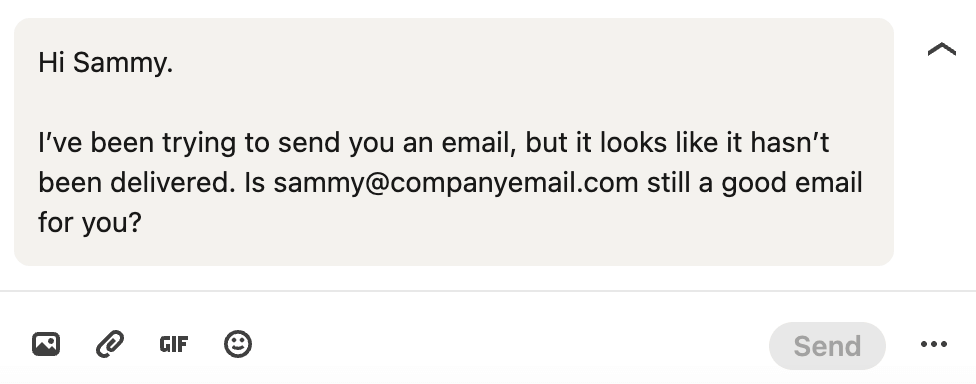
Hi [Name], I've been trying to send you an email, but it looks like it hasn't been delivered. Is [email] still a good email address for you?
This approach can help you recover lost subscribers, get updated email addresses, and re-engage people who may have forgotten about your brand. It's a simple way to maintain contact even when email fails.
To manage this process efficiently, set up automations in your email service provider to create tasks for reaching out on social media when emails bounce. This way, you can systematically recover subscribers without spending hours manually checking and reaching out.
Tools like HubSpot, ActiveCampaign, and ConvertKit allow you to set up these kinds of automations. You can also use tools like ManyChat or Zapier to semi-automate the process of sending DMs on social platforms.
Customizing Email Marketing Welcome Sequences for Different Business Types
While this basic framework works for many businesses, you may need to adjust it slightly depending on your model. Tyler offers some suggestions for different types of businesses:
For newsletters: If your primary product is a newsletter, focus more on generating referrals in emails 5 and 6. Instead of soft-selling a product, encourage subscribers to share your newsletter with others who might find it valuable. Emphasize the unique value of your newsletter content and perhaps offer an incentive for referrals.
For eCommerce: Include product recommendations based on the initial signup interests. For example, if someone subscribed through a specific product page, you might feature related items in your welcome sequence. Consider offering a time-sensitive discount code to encourage first purchases and create a sense of urgency.
For B2B services: Provide more in-depth information about your expertise and process. Use case studies or client stories to illustrate the value of your services. Include calls to action for booking sales calls or demos rather than direct purchases.
Consider what action you want new subscribers to take and tailor your emails to guide them there.
Measuring the Success of Your Email Marketing Welcome Sequences
To gauge the effectiveness of your welcome sequence, Tyler recommends tracking several key metrics:
Open rates for each email Click-through rates on calls to action Survey completion rates Social media connection rates Replies to emails (especially the first and last) Conversions or sales during the welcome periodPay particular attention to the performance of your first and last emails, as these are crucial for setting the tone of the relationship and prompting action.
Continually test and refine your sequence based on these metrics to improve results over time. You might try different subject lines, adjust the timing of your emails, or experiment with other types of content to see what resonates best with your audience.
Other Notes From This Episode
Connect with Michael Stelzner @Stelzner on Instagram and @Mike_Stelzner on X. Watch this interview and other exclusive content from Social Media Examiner on YouTube.Where to subscribe: Apple Podcasts | Spotify | YouTube Music | YouTube | Amazon Music | RSS
✋🏽 If you enjoyed this episode of the Social Media Marketing podcast, please head over to Apple Podcasts, leave a rating, write a review, and subscribe.
Stay Up-to-Date: Get New Marketing Articles Delivered to You!
Don't miss out on upcoming social media marketing insights and strategies! Sign up to receive notifications when we publish new articles on Social Media Examiner. Our expertly crafted content will help you stay ahead of the curve and drive results for your business. Click the link below to sign up now and receive our annual report!
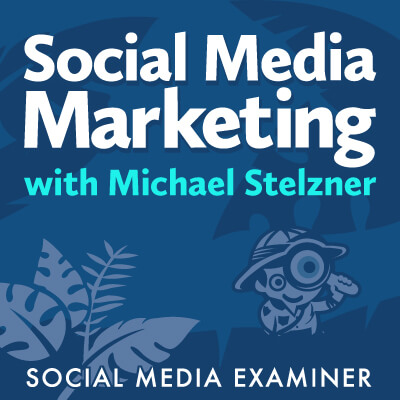
Discover Proven Marketing Strategies and Tips
Want to go even deeper with your marketing? Check out the Social Media Marketing Podcast! Publishing weekly since 2012, the Social Media Marketing Podcast helps you navigate the constantly changing marketing jungle, with expert interviews from marketing pros.
But don’t let the name fool you. This show is about a lot more than just social media marketing. With over 600 episodes and millions of downloads each year, this show has been a trusted source for marketers for well over a decade.

 AbJimroe
AbJimroe 







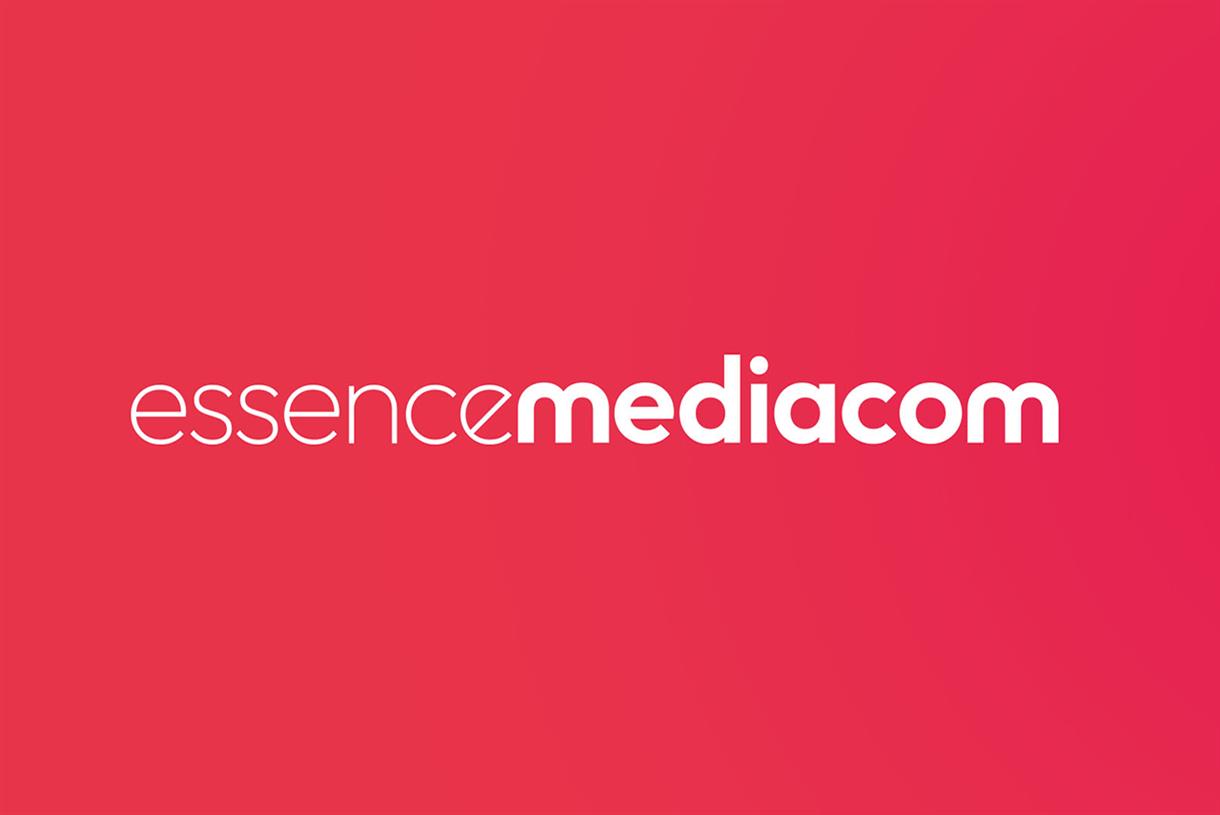

![Why You Should Leverage Interactive Videos [Data from 500+ Marketers]](https://blog.hubspot.com/hubfs/interactive%20video.jpg#keepProtocol)

![3 Instagram Video Formats You Should Leverage in 2022 [Data from 500+ Marketers]](https://blog.hubspot.com/hubfs/video-formats.jpg#keepProtocol)




















